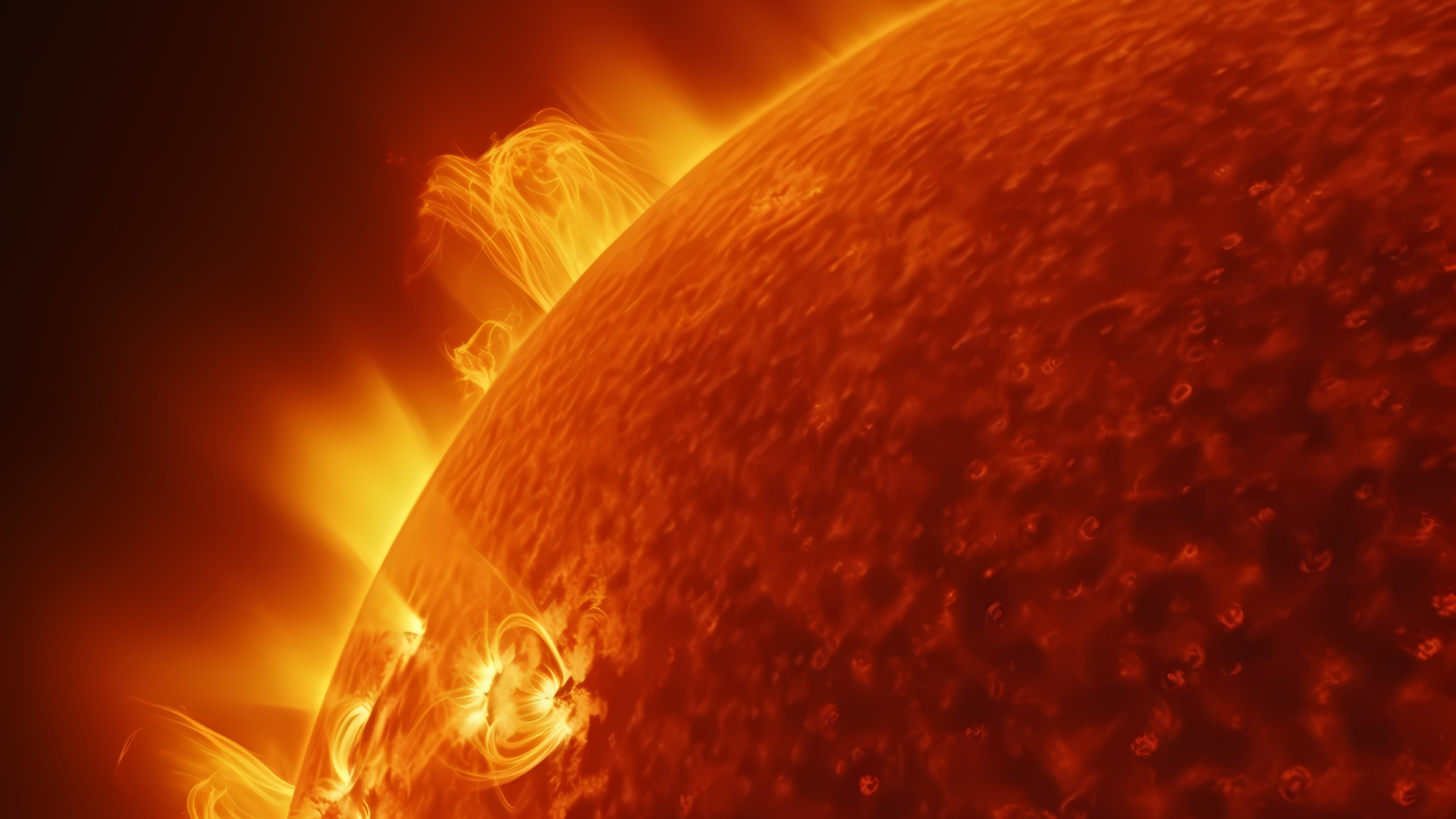Copyright Interesting Engineering

As stars like the Sun exhaust their hydrogen, they begin to expand and cool, transforming into red giants. For the Sun, this dramatic change is expected in around five billion years. Scientists believe this expansion could destroy Mercury, Venus, and possibly Earth, but so far, there is little direct evidence to confirm exactly how, or if this will occur. Now, a study led by researchers at the University of Warwick and UCL has shed new light on the fate of planets orbiting ageing stars. By analyzing nearly half a million nearby star systems, the team sought to understand how often planets survive when their host stars swell into red giants. Their findings show that planets are far less common around stars in this late stage of life, suggesting that many close-orbiting worlds are likely destroyed as their stars expand, offering strong observational evidence of this dramatic planetary demise. Strong evidence that planets spiral into evolving stars According to lead author Edward Bryant, Warwick Astrophysics Prize Fellow at the University of Warwick, who conducted much of this research while at the Mullard Space Science Laboratory at UCL, the findings provide strong evidence that as stars evolve off the main sequence, they can rapidly cause nearby planets to spiral inward and be destroyed. This phenomenon has long been debated in theory, but now the impact can be observed directly across a large population of stars. As Bryant explains, ageing stars can efficiently engulf their close-orbiting planets due to a gravitational tug-of-war called tidal interaction. As the star expands, the planet’s pull on the star slows its orbit, causing it to spiral inward until it either disintegrates or is absorbed. The team concentrated on stars that had recently entered the post-main sequence phase, having exhausted their hydrogen, and identified just 130 planets and planet candidates orbiting nearby – 33 of which had not been detected before. Focusing only on stars that had cooled and expanded into red giants, the researchers found that the likelihood of such a star hosting a nearby planet was just 0.11%, roughly three times lower than the chance for a main-sequence star to have a close-orbiting giant planet. Earth may survive Sun’s red giant phase, but life probably would not Researchers further explain that in a few billion years, the Sun will expand into a red giant, raising questions about the fate of the solar system’s planets. Their study shows that while some planets are destroyed during the early post-main sequence phase, Earth is likely safer than the close-in giant planets examined. However, although the planet itself might survive, conditions for life would almost certainly be lost as the Sun continues to evolve. Although the study shows that the occurrence of giant planets declines as stars age, the few planets that remain in close orbits around red giants offer valuable insights. Lead researcher Bryant also points out that once the masses of these planets are determined, it will help researchers understand the forces causing them to spiral inward and ultimately be destroyed, providing a clearer picture of the processes that shape the fate of planets orbiting ageing stars.



